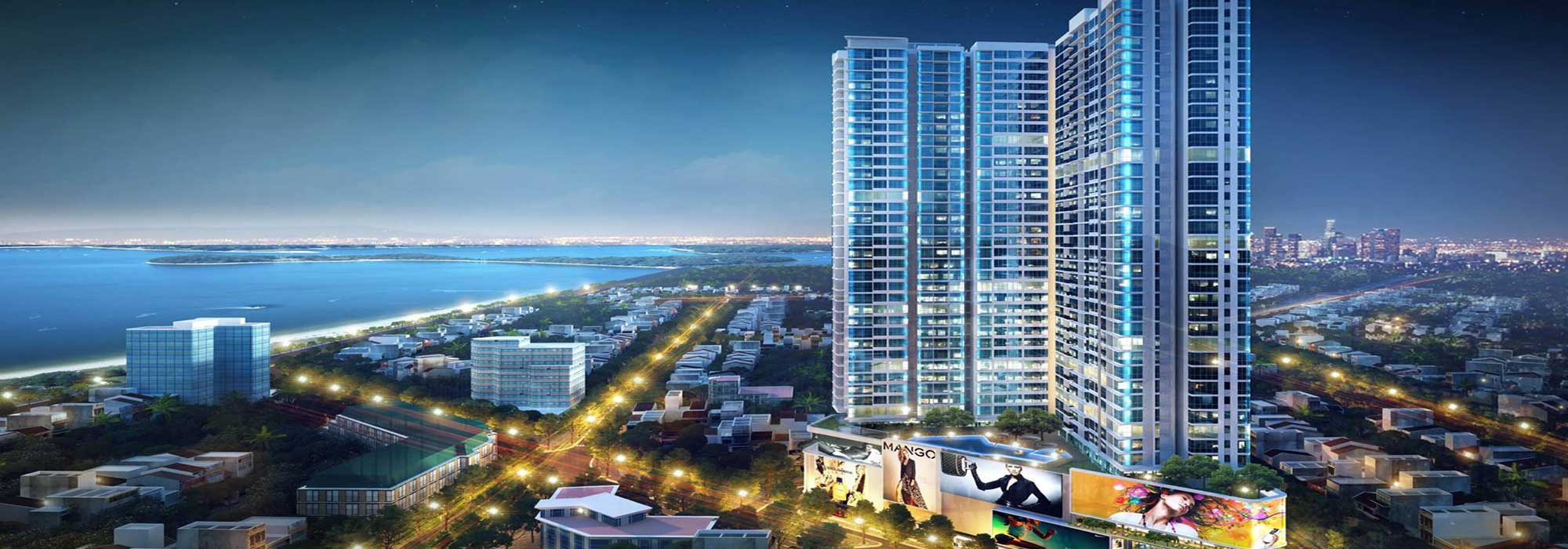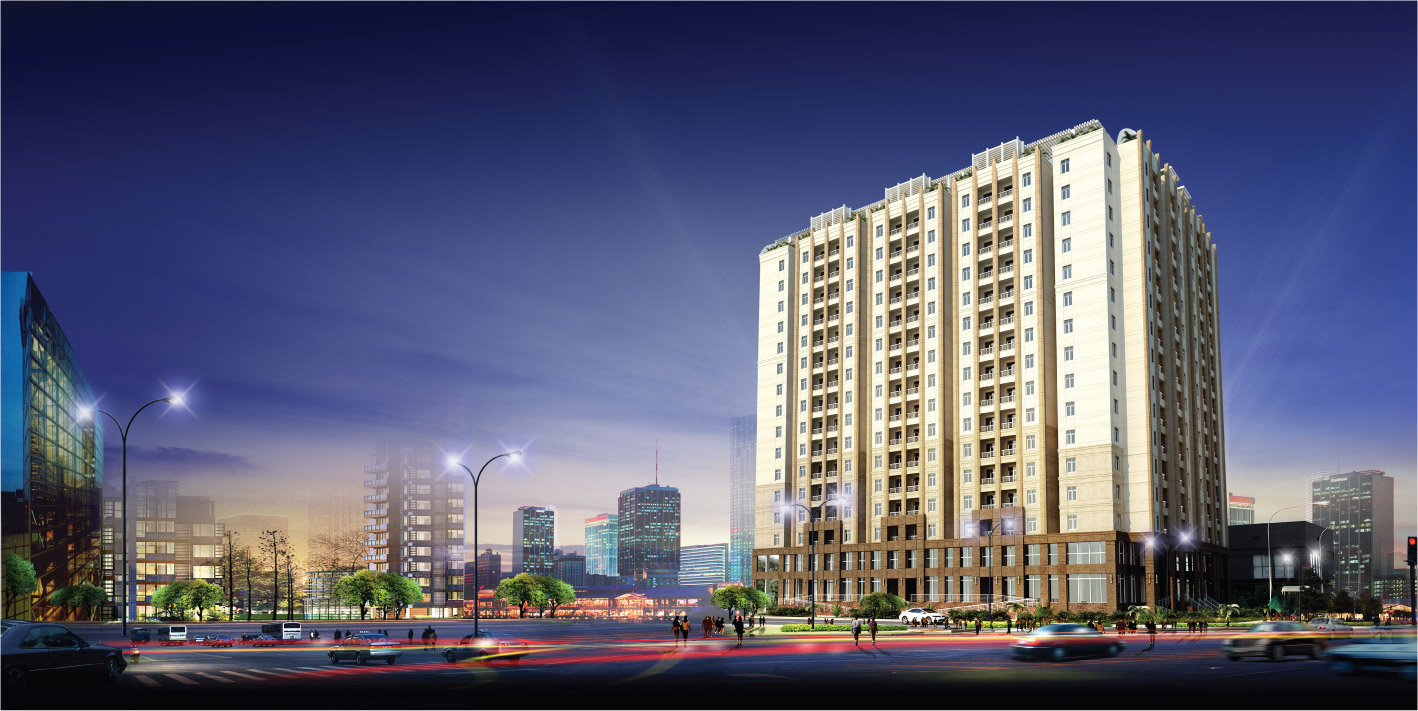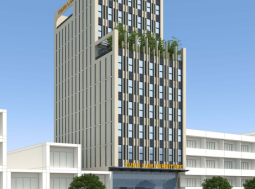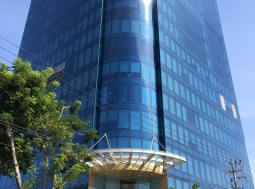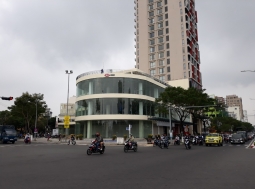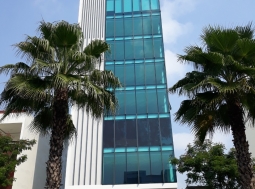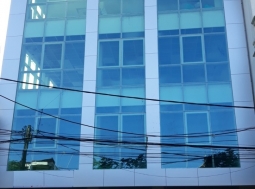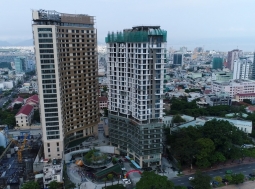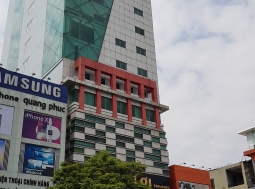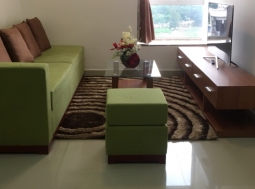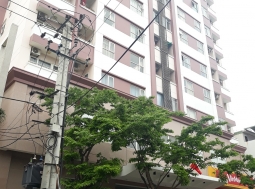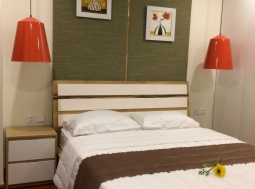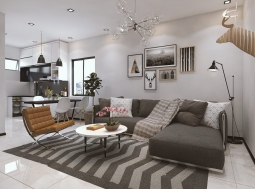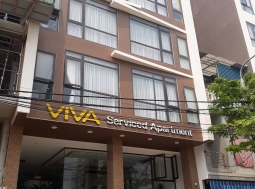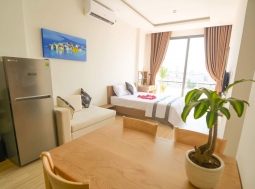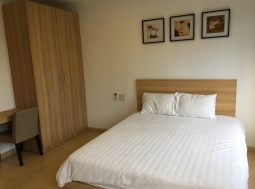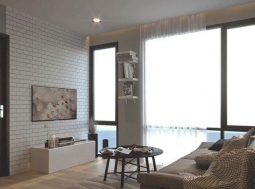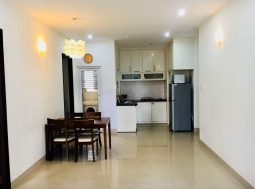5 Things About Office Lighting You Should Know
5 Things About Office Lighting You Should Know
There is more to lighting an office space than may immediately meet the eye. Energy and office lighting standards have changed in recent years, as well as office space and design. Choosing the right lights and fixtures may cause you to consider ideas outside the initial lumens output. What kind of color and brightness creates desirable office lighting levels? How does light change worker productivity? When changing or choosing your lights, you may want consider some of the following:
1. Office Lighting Standards
According to the US General Services Administration (GSA), every type of work environment requires a certain amount of light for workers to perform under. Office lighting standards state that a normal workstation requires 500 lumens per square meter. That means that every 6'×6' cubicle requires at least the same amount of light you would receive from a 35-watt incandescent light bulb. The GSA also suggests that fluorescent ceiling fixtures and bulbs offer the best office lighting standards. The layout of the lighting should provide an even amount of illumination across the office space. It should also take into consideration shadows that may be cast by cubicle walls or partitions, and be adjusted to minimize these problem areas.
2. Worker Health and Productivity
Light can have a huge impact on a worker’s health and their productivity. Some scientific studies are suggesting that exposure to natural light can affect an office worker in many ways. Workers deprived of natural light are found to be more tired, more prone to insomnia, more distractible and less active. However, if your office does not have windows or skylights that can brighten up your working areas, similar studies say that offering artificial light in the right brightness and color can give your employees that much-needed boost. Daylight colors, like white and blue-white, give the feeling of being in sunlight and the benefits of it.
3. Open-Plan Workstations
Office spaces are evolving away from the individual cubicle setting in favor of an open-office environment. In this new, open environment, the ambient room lighting is focused on creating a sense of unity and community in the room and among workers. It should provide the most direct light in the workstation itself, while allowing the natural dim spots in walkway areas where people are not meeting to talk. Providing individual task lighting allows workers to adjust personal workstations to their personal needs and preferences.
4. Lighting and Computers
Where is your computer? This could play a vital role in the way office lighting levels are set. OSHA outlines potential hazards that could be caused by the lighting around your computer. One example is wash out; this happens when bright lights around your screen make it difficult to see or read. Another example is glare—a computer screen reflecting light into its user’s eyes. Any of these potential hazards can cause eye strain, fatigue, irritation or headaches. Computers should not be set against a contrasting light source, like a window, or directly beneath the line of sight. Task lighting should have an adjustable positioning, so potential glare or contrast can be easily fixed as needed.
5. Energy Use and Savings
No matter what type of lamp your office uses, it is costing you money and energy to run. Updates in lighting have provided offices with more energy-efficient options, while eliminating other options completely (such as some types of fluorescent and incandescent bulbs). LEDs are leading the way in office lighting; they use less energy than other lamps while providing more output. Fluorescent lamps have also had an energy makeover; replacing old fluorescents with newer models could offer you significant savings. It’s never the wrong time to reassess whether your lights could use an energy upgrade.
Starting from Scratch
If you are moving into a new office building, it is wise to rethink your lighting options from the beginning, instead of settling for whatever has been left by the previous occupants. Lighting should be specific to your needs. The type, brightness and color of your lights should be based on the layout of the room and what it will be used for. Even the room’s ambient lighting should be designed with your type of workspaceand functions in mind.
RELATED NEWS
- Office for rent in Da Nang – Outstanding office for rent in variety of standard
- Office for rent in Da Nang with Thuenhanhhon
- Office Feng Shui: Place Your Desk In The Command Position
- 7 Ways to Feng Shui a Cubicle, Desk or Entire Office
- 5 Ways That Natural Light Improves Workplace Productivity
- 8 Ways To Make Your Workspace Healthier
- 8 Essential Tips to Improve Your Coworking Space
HOT REAL ESTATE








